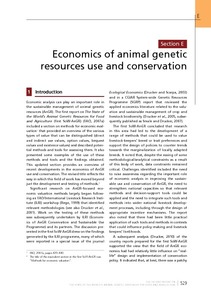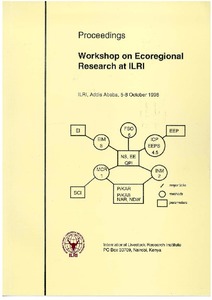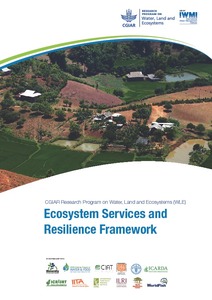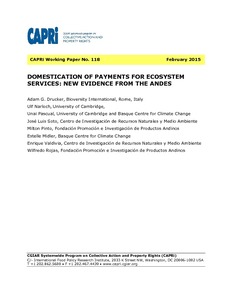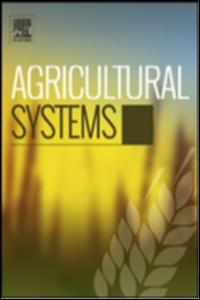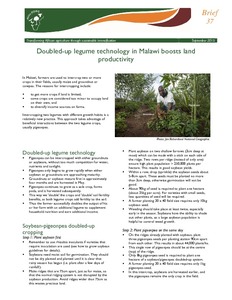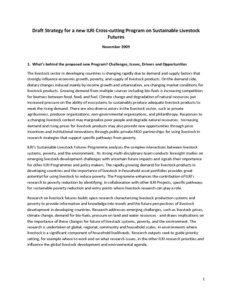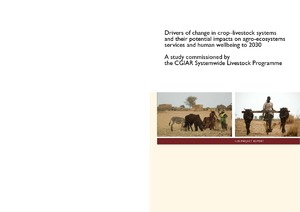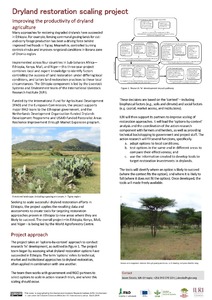Economics of animal genetic resources use and conservation
Economic analysis can play an important role in the sustainable management of animal genetic resources (AnGR). The first report on The State of the World’s Animal Genetic Resources for Food and Agriculture (first SoW-AnGR) (FAO, 2007a) included a section on methods for economic evaluation 1 that provided an overview of the various types of value that can be distinguished (direct and indirect use values, option values, bequest values and existence values) and described potential methods and tools for assessing them.

